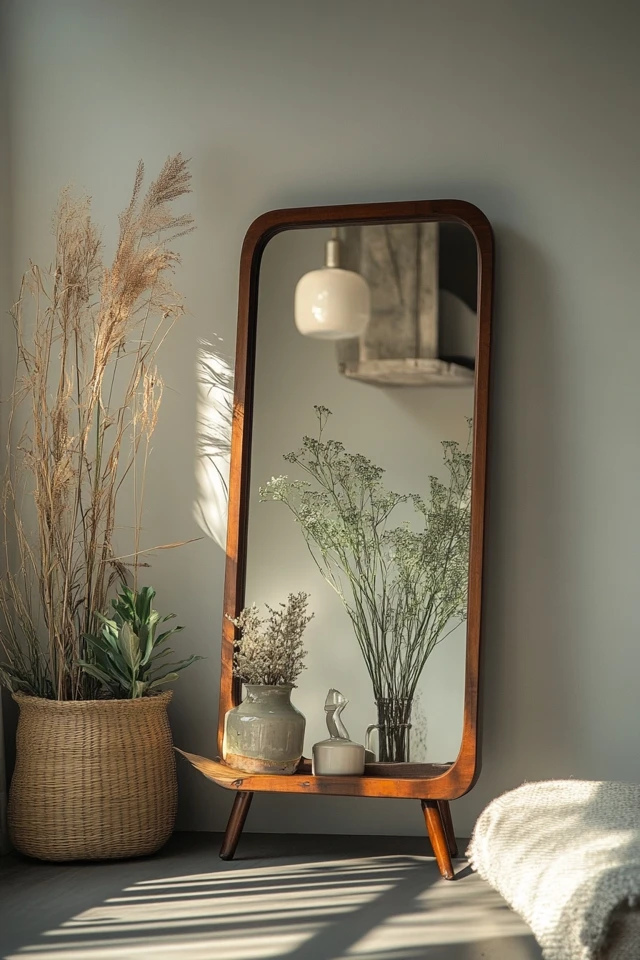Scandinavian design has long been celebrated for its minimalism, functionality, and timeless beauty. Yet, when you mix the clean lines of modern Scandinavian style with the character and warmth of vintage elements, magic truly happens. It’s like a perfectly blended cup of coffee—bold yet smooth, rich yet calming.
When I first dabbled in Scandinavian design, I was all about crisp white walls and sleek furniture. But it felt too sterile, like it was missing a soul. One day, I stumbled upon an old wooden sideboard at a flea market—its rustic charm and worn edges practically whispered stories of the past. I brought it home, paired it with my sleek black dining chairs, and suddenly, the room came alive. Since then, I’ve been hooked on merging vintage and modern elements in my Nordic-inspired spaces.
If you’re curious about how to balance the simplicity of modern Scandinavian design with the charm of vintage pieces, let’s dive into the key principles and actionable tips to create a harmonious, layered look.
Why Mix Vintage and Modern in Scandinavian Design?
- Adds Personality: Vintage pieces tell a story and add character to the minimalist framework of Scandinavian interiors.
- Creates Warmth: Modern Scandinavian spaces can feel cold, but vintage elements bring texture and warmth.
- Timeless Appeal: The mix of old and new ensures your design feels fresh yet rooted in history.
- Sustainability: Incorporating vintage items is eco-friendly and aligns with Scandinavian values of sustainability and craftsmanship.
1. Start with a Neutral Base
Why It Works:
Scandinavian design relies on a neutral color palette—white, beige, gray, and soft pastels—to create a calming foundation.
How to Implement:
- Paint walls in white or soft gray to let both modern and vintage elements shine.
- Use light wood floors or add a simple jute or wool rug for warmth.
- Keep large furniture pieces, like sofas and beds, in neutral tones.
Pro Tip: A neutral base allows bold vintage items, like an ornate mirror or a rustic sideboard, to stand out without overwhelming the space.
2. Layer Vintage Textures
Why It Works:
Vintage textures like weathered wood, worn leather, and aged brass add depth to the sleekness of modern Scandinavian design.
How to Implement:
- Add a distressed wooden coffee table to a room with modern, streamlined furniture.
- Use vintage textiles, like handwoven rugs or linen throws, to soften the look.
- Incorporate small accents like brass candlesticks or ceramic vases with a patina.
Pro Tip: Look for pieces with imperfections—they give your space a lived-in, authentic feel.
3. Choose One Statement Vintage Piece
Why It Works:
A single, standout vintage item can anchor the room and create visual interest without cluttering the space.
How to Implement:
- Use a mid-century credenza as a focal point in your living room.
- Add a vintage armchair with worn leather to a modern reading nook.
- Place an antique mirror above a minimalist console table.
Pro Tip: Let the statement piece breathe—avoid surrounding it with too many competing elements.
4. Balance Sleek and Ornate
Why It’s Essential:
The key to mixing vintage and modern is balance. Pair sleek, minimalist pieces with more detailed vintage items.
How to Implement:
- Pair a simple Scandinavian dining table with mismatched vintage chairs.
- Hang a modern pendant light above a rustic wooden table.
- Place a vintage clock or framed artwork on a clean-lined bookshelf.
Pro Tip: Mix curves (vintage) with straight lines (modern) for visual harmony.
5. Incorporate Modern Lighting
Why It Enhances the Look:
Modern Scandinavian lighting, like sleek floor lamps or pendant lights, complements vintage elements while maintaining a contemporary edge.
How to Implement:
- Use a black metal floor lamp next to a vintage armchair.
- Hang a sculptural pendant light above an antique dresser.
- Choose lighting with clean, geometric shapes to contrast ornate vintage pieces.
Pro Tip: Lighting can act as a bridge, uniting the old and the new in your design.
6. Mix Natural and Industrial Materials
Why It Works:
Combining natural materials like wood and stone with industrial ones like steel and concrete creates a dynamic yet cohesive look.
How to Implement:
- Pair a reclaimed wooden dining table with modern steel chairs.
- Add a vintage leather pouf to a room with a concrete accent wall.
- Use a mix of ceramic and glass vases for decor.
Pro Tip: Stick to a consistent color palette to avoid a mismatched feel.
7. Add Vintage Artwork
Why It’s Timeless:
Vintage artwork adds character and history to minimalist walls, enhancing the Scandinavian love for storytelling.
How to Implement:
- Frame old botanical prints in simple black or wooden frames.
- Hang abstract mid-century paintings in neutral tones.
- Lean an antique portrait or landscape painting on a modern console table.
Pro Tip: Create a gallery wall with a mix of modern prints and vintage artwork for a curated feel.
8. Layer Scandinavian Textiles with Vintage Patterns
Why It’s Cozy:
Textiles bring warmth and softness, while vintage patterns add a touch of nostalgia.
How to Implement:
- Drape a vintage kilim rug over a neutral Scandinavian sofa.
- Add patterned cushions with muted colors to your modern armchair.
- Use vintage lace or crochet table runners on sleek wooden tables.
Pro Tip: Stick to muted or earthy tones to keep the look cohesive.
9. Accessorize Thoughtfully
Why It’s Important:
Accessories can make or break the balance between vintage and modern.
How to Implement:
- Use vintage brass candlesticks, ceramic vases, or a retro clock as accents.
- Pair them with modern decor like sculptural objects or minimalist books.
- Keep accessories minimal to avoid clutter.
Pro Tip: Group accessories in odd numbers for a natural, Scandinavian aesthetic.
10. Embrace Sustainability
Why It’s Scandinavian:
Scandinavian design values sustainability, and incorporating vintage pieces is an eco-friendly way to furnish your home.
How to Implement:
- Shop for secondhand or antique furniture instead of buying new.
- Repurpose vintage items—turn an old ladder into a towel rack or a chest into a coffee table.
- Combine sustainable materials like reclaimed wood with new, eco-friendly pieces.
Pro Tip: Look for vintage items with high-quality craftsmanship—they’ll last longer and add authenticity to your design.
Picture Gallery
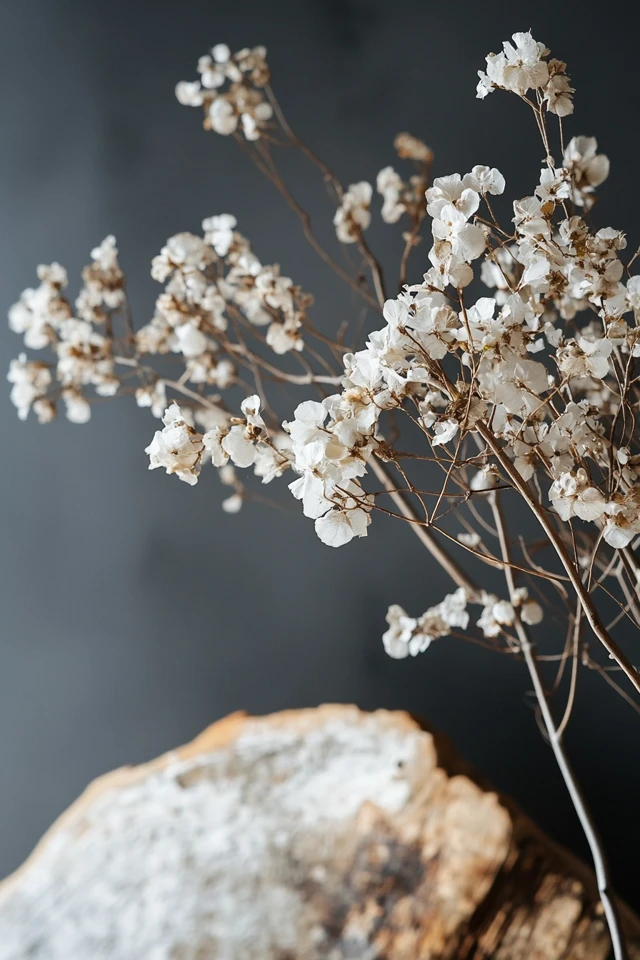
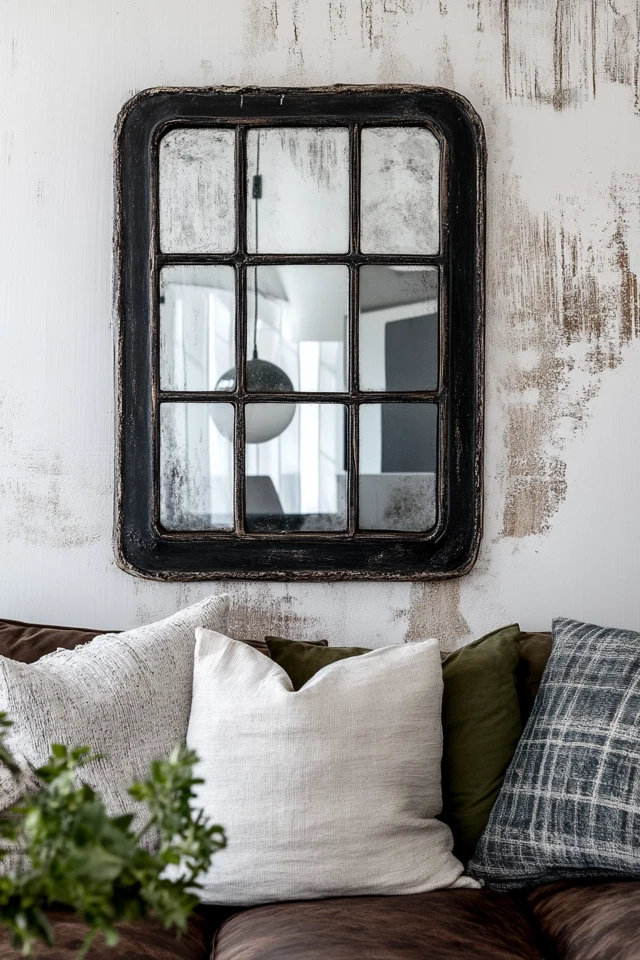
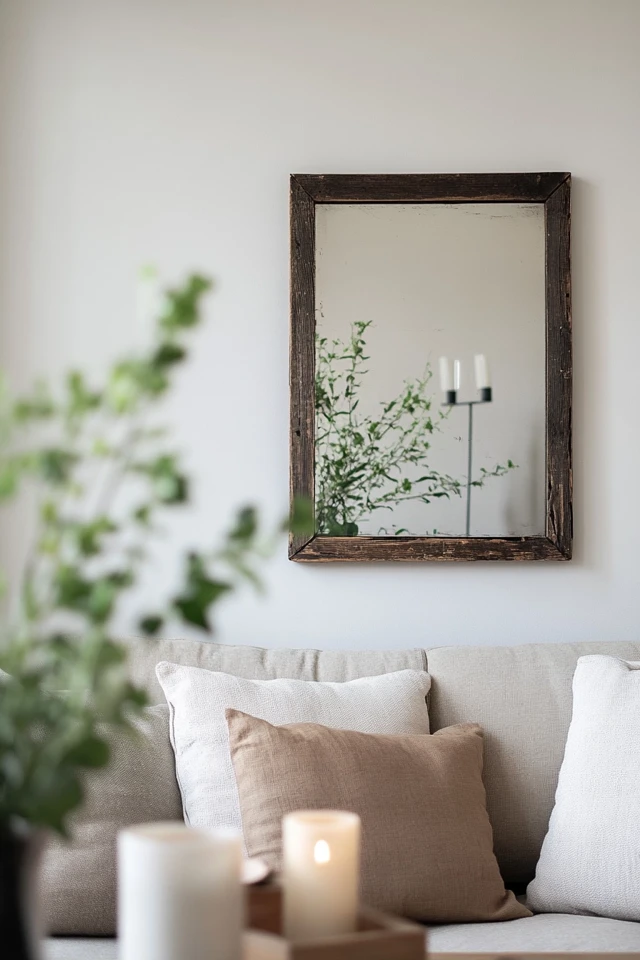
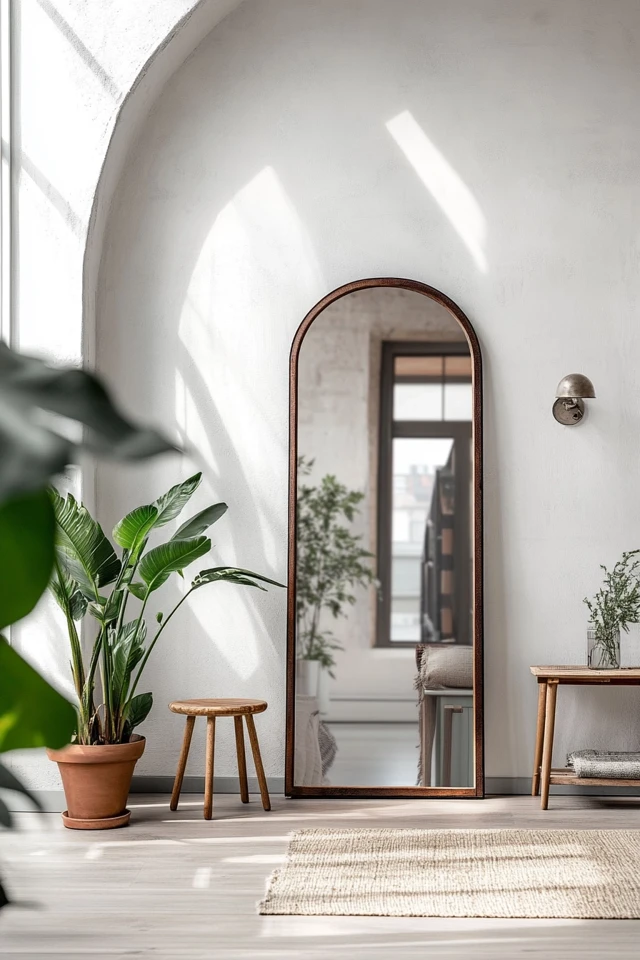
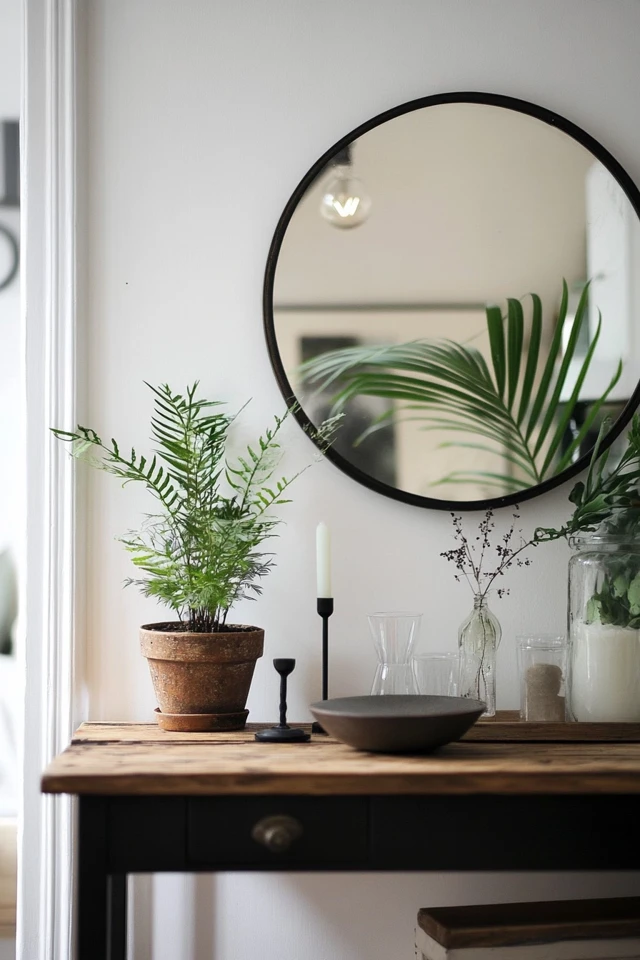
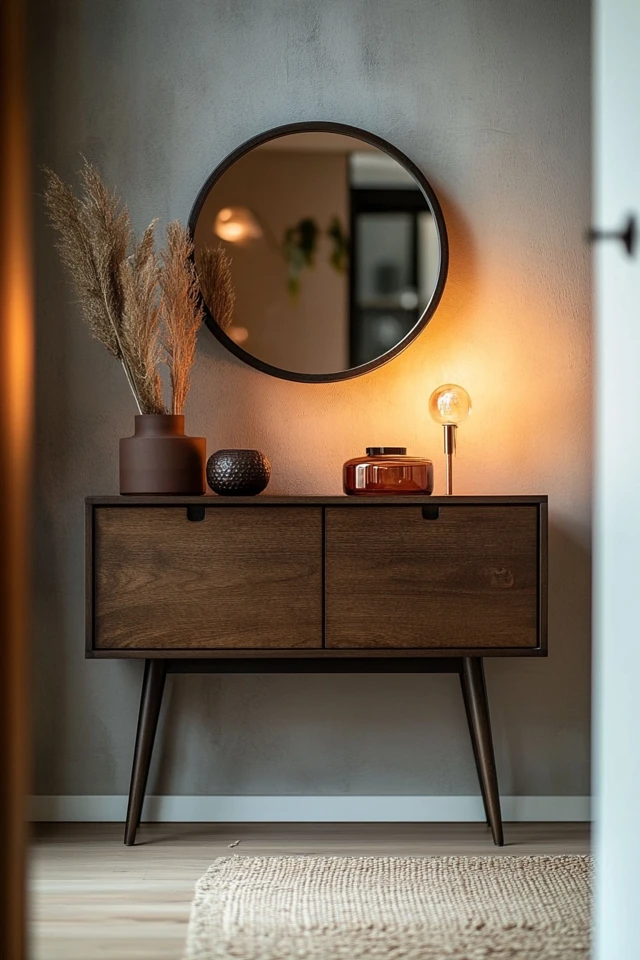
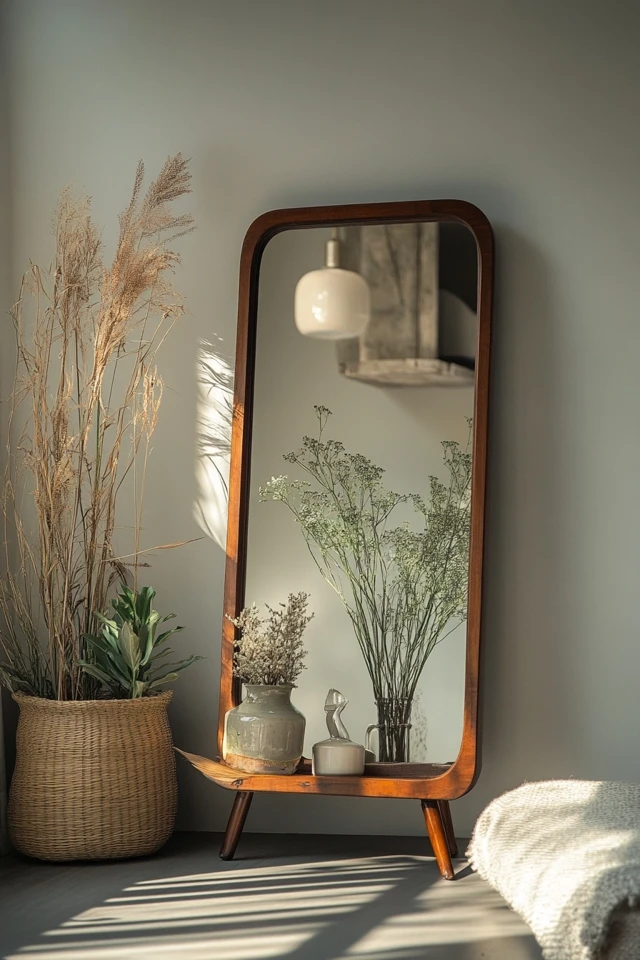
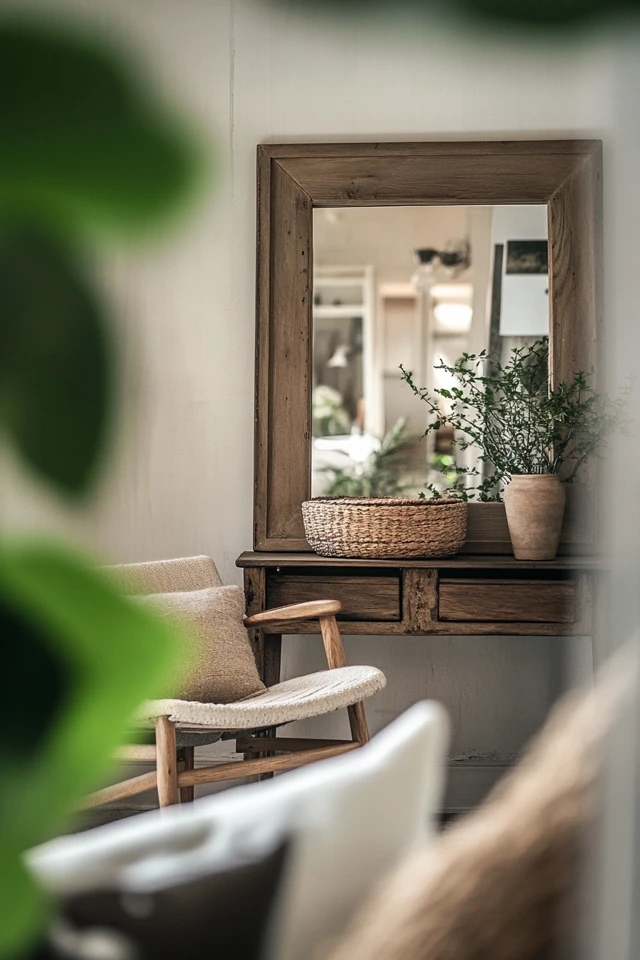
Conclusion
Combining vintage and modern elements in Scandinavian design is about finding balance. By layering textures, mixing materials, and thoughtfully curating your decor, you can create a space that feels fresh, timeless, and uniquely yours.
Whether it’s a single antique chair paired with a sleek modern table or a vintage rug under a minimalist sofa, the key is to let both styles shine. This harmonious blend not only adds personality and warmth to your home but also tells a story—your story.
FAQs
1. How do I choose the right vintage pieces for a Scandinavian interior?
Look for items with clean lines, natural materials, or muted tones that complement the simplicity of Scandinavian design.
2. Can I mix different wood tones in vintage and modern furniture?
Yes! Just ensure there’s a unifying element, like a consistent undertone (warm or cool) or a cohesive color palette.
3. What’s the best way to mix vintage and modern lighting?
Pair modern pendant lights or floor lamps with vintage chandeliers or table lamps for contrast.
4. How do I avoid a cluttered look when mixing styles?
Stick to a neutral color palette, use negative space, and curate your decor carefully to maintain a minimalist feel.
5. Is mixing vintage and modern styles sustainable?
Absolutely! Incorporating vintage pieces reduces waste and promotes the reuse of high-quality, timeless furniture.

